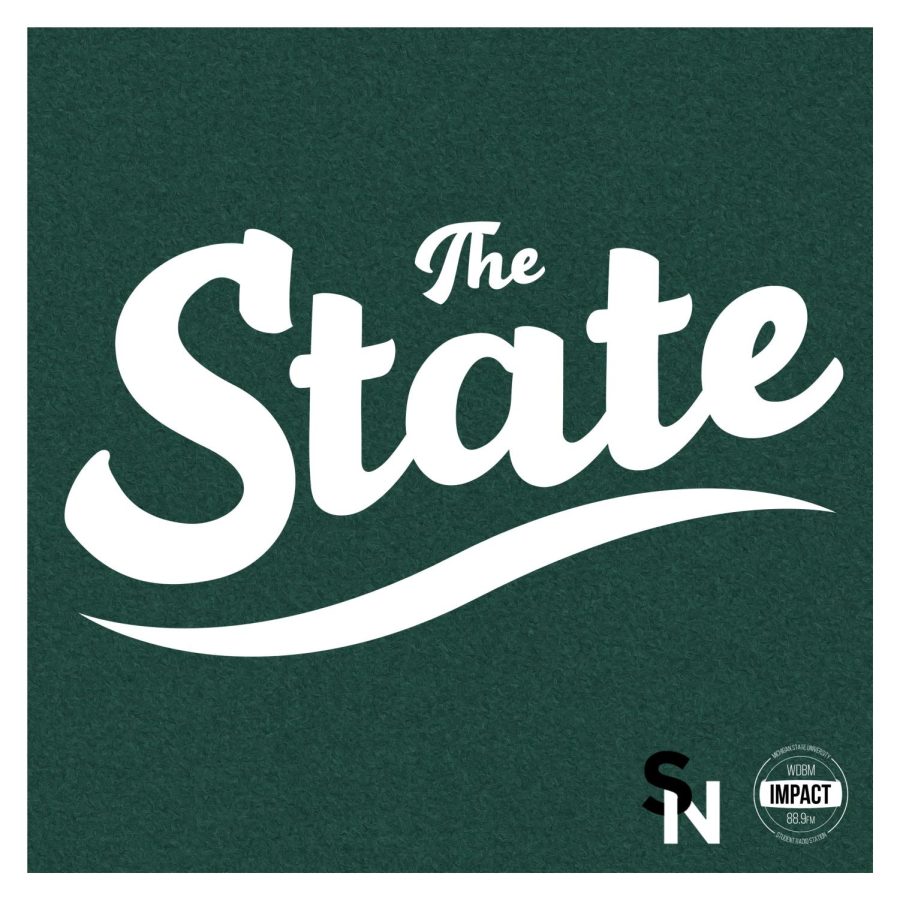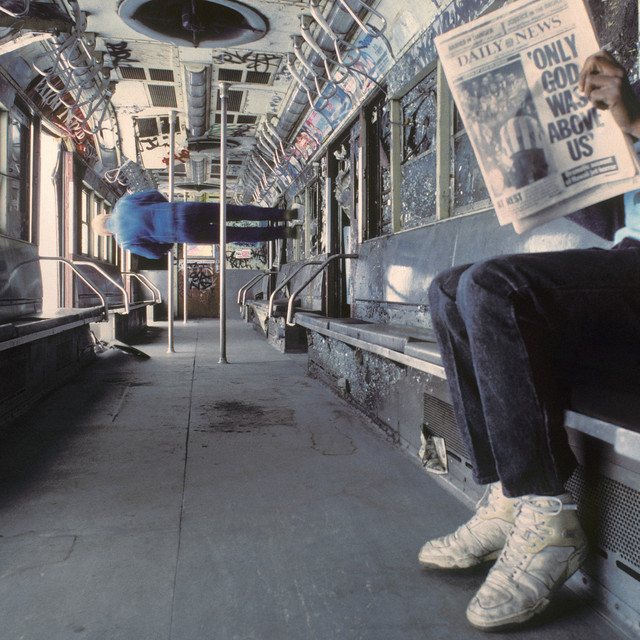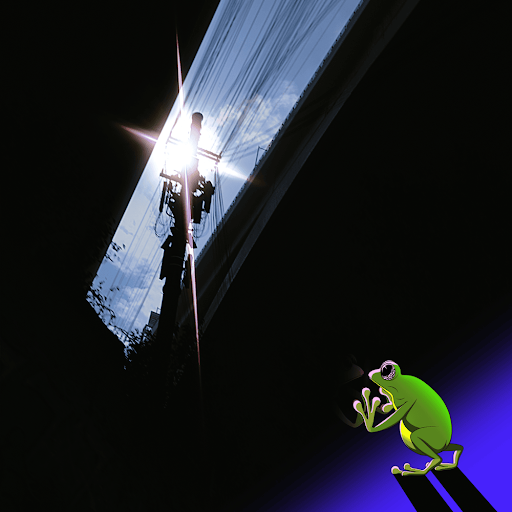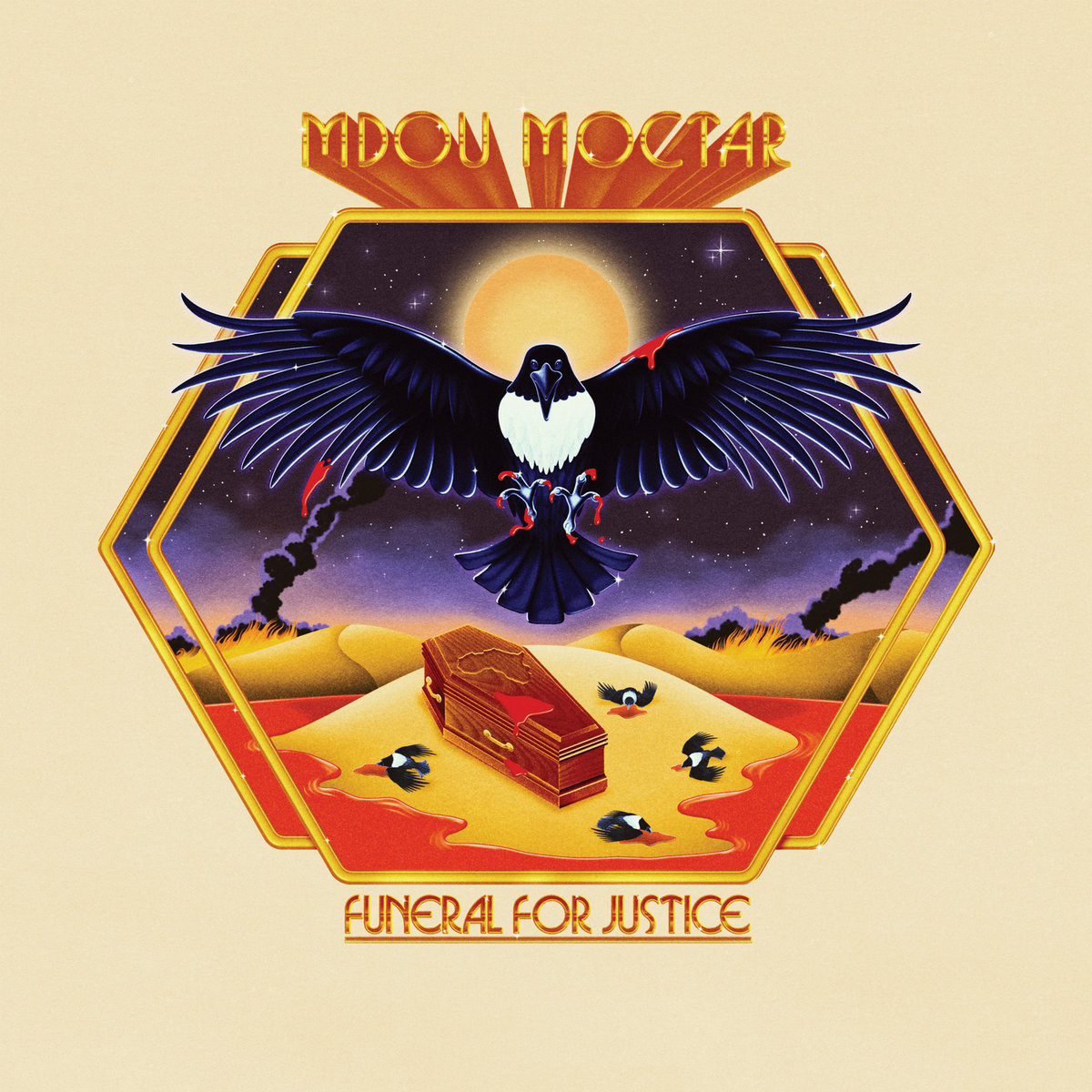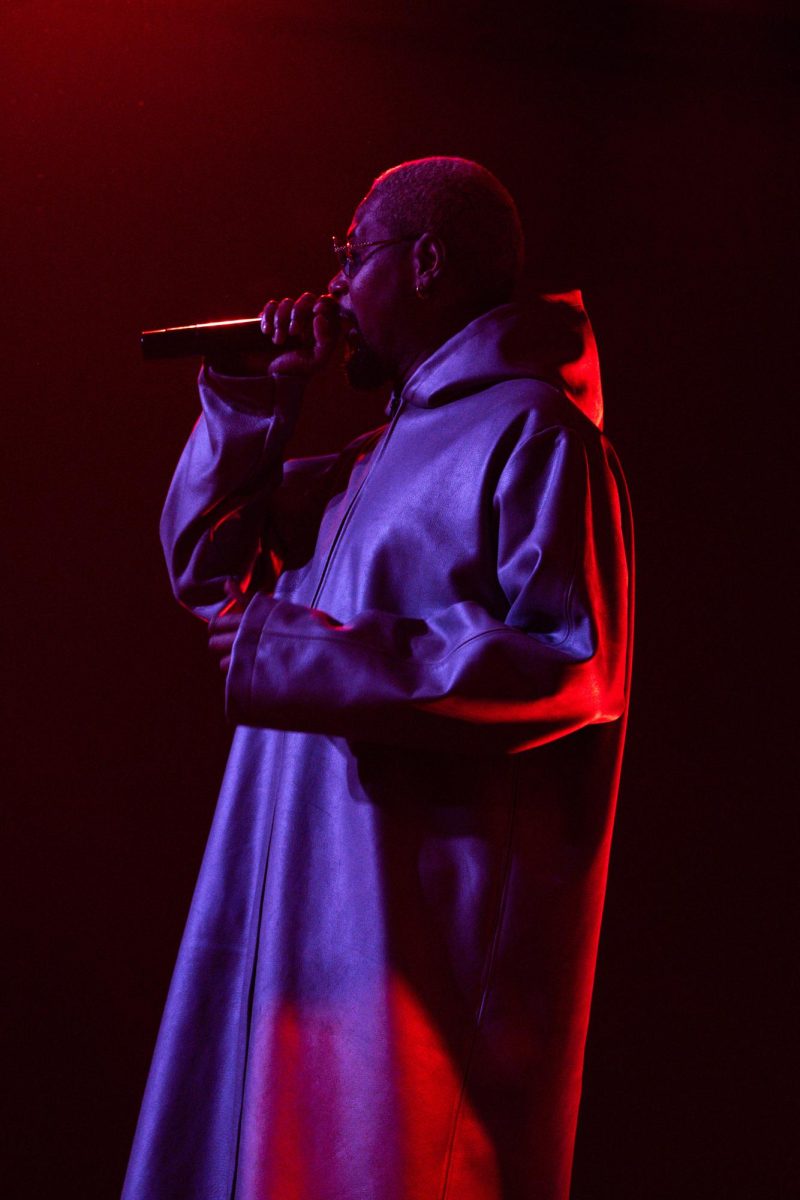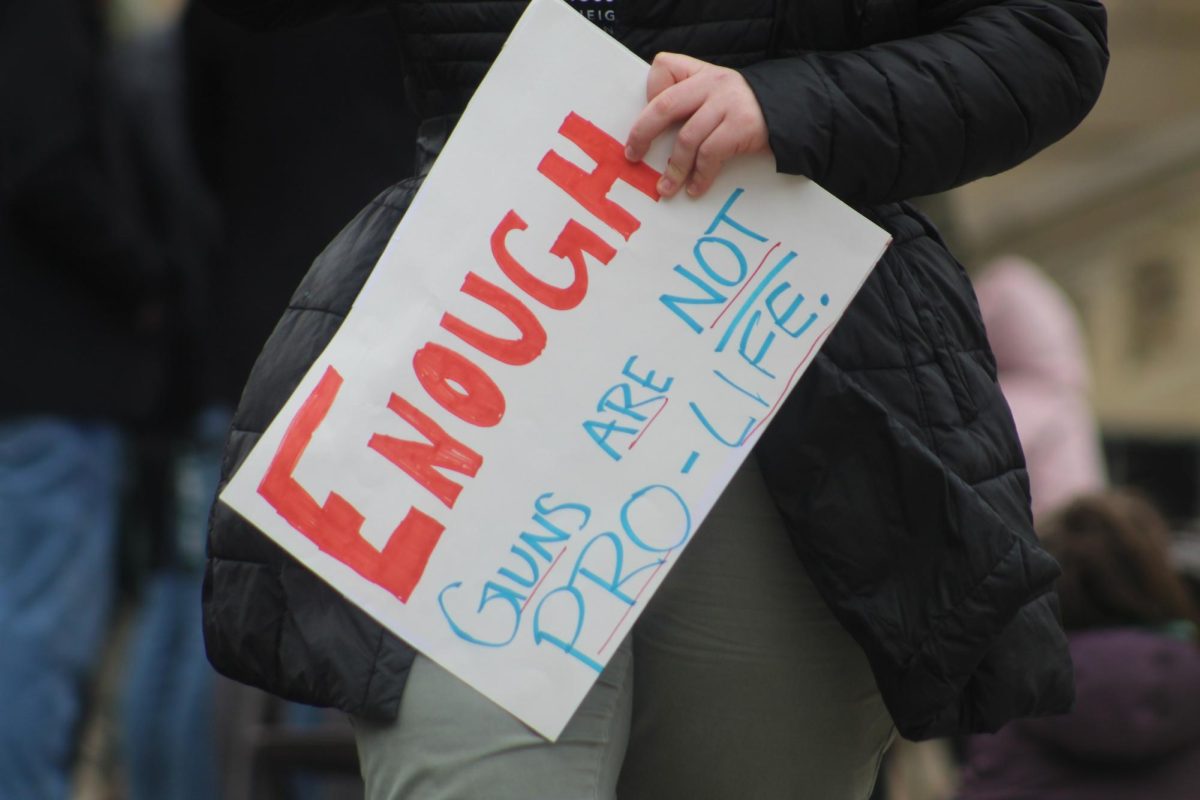This Week in Music History | October 10-15
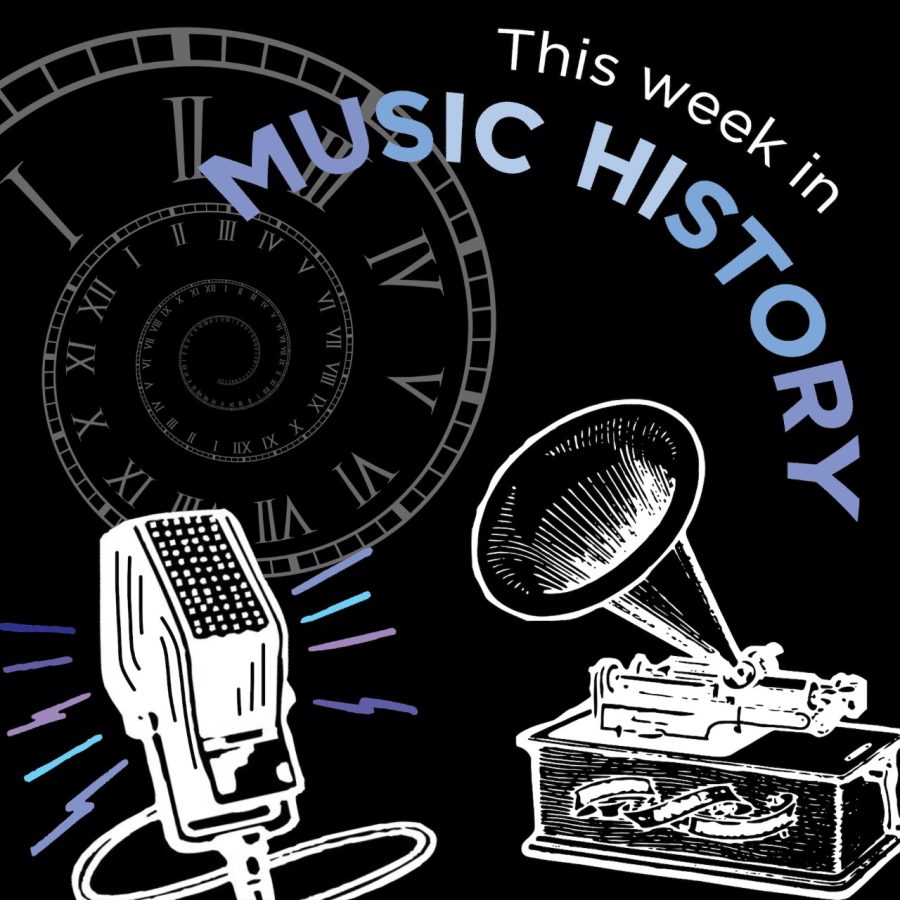
October 16, 2022
This week in music history, Fleetwood Mac released their most experimental album, Tusk. This was the band’s twelfth studio album, and it was released on Oct. 12, 1979; at the time, it was the most expensive rock album with production costs coming in at over $1 million.
Following an extremely memorable and popular album, like Rumours, is not an easy feat, especially while overcoming the drama detailed in the iconic album. Tusk manages to defeat the expectations of living up to their former albums by producing memorable tracks like “Tusk,” “Sara” and “Think About Me,” which are still on playlists and the radio today.
Tusk wasn’t intended to benefit off of the huge success of the band’s previous album. In fact, Lindsey Buckingham did not want this album to be anything like Rumours because continuing to ride the hype of that album would be continuing to drag on the drama it was about.
One thing that kept this album on brand with Fleetwood Mac is the diversity among songs. The album has 20 songs, and some songs seem like they would belong on a completely different album. But the beauty of this jumbled sound is one of the reasons Fleetwood Mac is so iconic. It is a group of people, all very different, with a love for music. That is reflected in Tusk — the songs, all very different, come together to create something beautiful and historic — which is why the release is still celebrated over four decades later.
~Arden Vanover
Picture it, Detroit: Oct. 12, 1969. You’re cruising along one of those new fangled interstate highways listening to Russ Gibb’s show on WKNR when you hear a peculiar listener call in — Paul McCartney is dead. That is so not groovy, man.
According to the listener, the Beatle had been decapitated in a car accident in 1966 and the other band members had been so wracked with guilt that they decided to replace him with a lookalike. All you’ve got to do is listen to your new Beatles records backwards.
In a list compiled by British radio station Radio X, some of the “proof” of McCartney’s death included: Paul wearing a black armband on the cover of Sergeant Pepper’s Lonely Hearts Club Band, as well as being the only one facing backwards on the back cover, playing “Revolution 9” backwards to hear the secret message “turn me on dead man,” Lennon supposedly singing “I buried Paul” at the end of “Strawberry Fields Forever,” McCartney not wearing shoes on the cover of Abbey Road to represent his being a corpse, as well as a license plate in the background reading “28IF” meaning Paul would be 28 years old IF he were not decapitated in 1966.
The story goes that any photo or appearance of Paul after his fatal 1966 accident is a man who was given plastic surgery and taught to act like Paul, because The Beatles wanted to keep the death a secret at the height of their success.
Unfortunately for all of the conspiracy theorists, Paul McCartney was (and still is) alive and well. If he seemed distant, it would make sense to fans when he announced his departure from the band a few months later. He would go on to start the band Wings with his wife, Linda. History.com explains how the band was already on the verge of breaking up at this point in time, with or without a member’s death. Between manager conflicts, creative differences and interpersonal drama (Yoko Ono apologists rise up), McCartney and the rest went their separate ways by the beginning of the ‘70s. But that’s another week in music history. This week we’re talking about that time 53 years ago this week when listeners in Detroit witnessed the birth of a massive conspiracy.
~Madison Reinhold
On Oct. 10, 2007, Radiohead would digitally self-release In Rainbows, perhaps one of the band’s most impressive albums. Using a “pay-what-you-want” model — being one of the only major bands to do this at the time — the album was free to download. Instead of charging for the album, fans had the option to pay however much they could afford directly to the band rather than a label. The album ended making $3 million almost immediately while utilizing the “pay-what-you-want” system. That’s a pretty nice chunk of change for a completely free album.
The album set itself apart from Radiohead’s previous discography with its noticeably “positive” sound, taking a step back from the doom and gloom of the bands previous record Hail To the Thief and returning to the melodic formula found in the band’s early albums. Every song has a distinct personality and sound, with none of the tracks sounding too closely alike. Standouts include “Bodysnatchers,” an existential, distortion-filled masterpiece with an urgency unlike anything else. “Weird Fishes/ Arpeggi” is a melodic and haunting track about loneliness and moving on. Finally, “Reckoner” might have some of the best instrumentals in the band’s entire catalog, with Thom Yorke’s echoing falsetto riding over a tidal wave of noise. While these are some of my favorites, I would highly recommend listening to the entire album. It’s truly one of a kind.
~ Shay Gale





